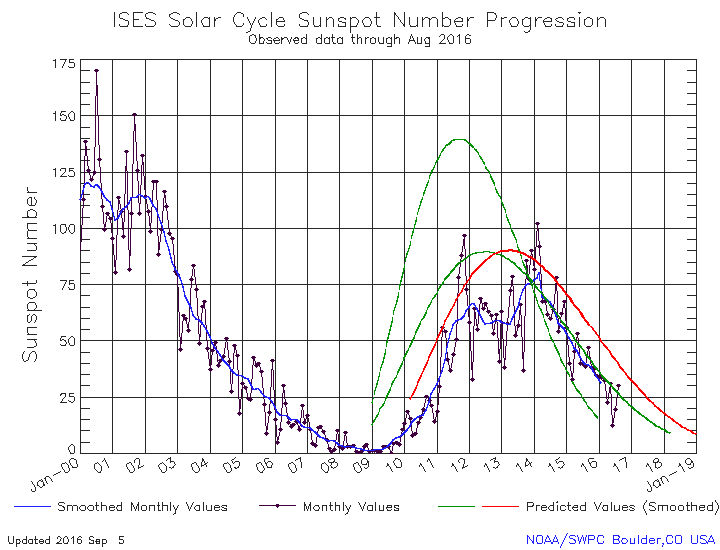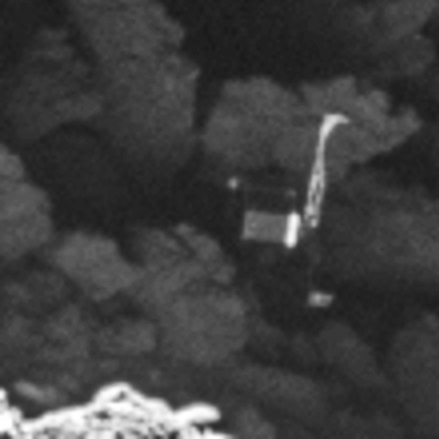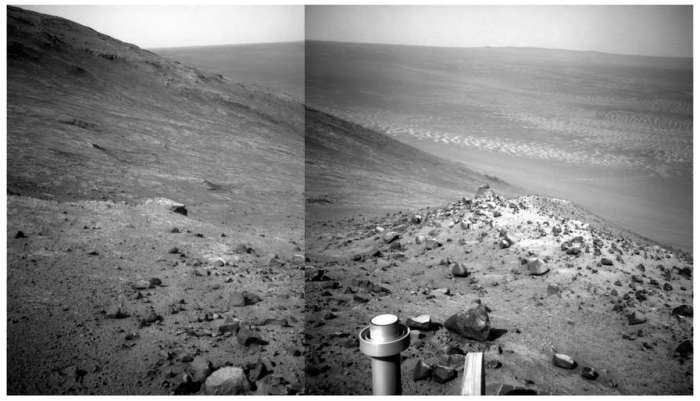Blue Origin to use two launchpads at Cape Canaveral
The competition heats up: Even though it is years away from flying its first orbital rocket, Blue Origin has expanded its plans at Cape Canaveral and now plans to remodel and use two different launchpads there for orbital flights.
The Kent, Wash.-based company filed a permit Sept. 6 to build and operate two orbital launch sites at Cape Canaveral Air Force Station, taking up launch complexes 11 and 36. The company originally announced its plans to blast off its rockets at launch complex 36 last year at the same time revealing its decision to build a rocket manufacturing facility near Space Florida’s Exploration Park in Merritt Island. Taking up launch complex 11 (LC-11) is a new development.
This means that when the company starts testing its orbital rocket it will likely be doing it in public, from the Cape, rather than in the secretive manner in which it developed its suborbital New Shepard spacecraft out in Texas.
The competition heats up: Even though it is years away from flying its first orbital rocket, Blue Origin has expanded its plans at Cape Canaveral and now plans to remodel and use two different launchpads there for orbital flights.
The Kent, Wash.-based company filed a permit Sept. 6 to build and operate two orbital launch sites at Cape Canaveral Air Force Station, taking up launch complexes 11 and 36. The company originally announced its plans to blast off its rockets at launch complex 36 last year at the same time revealing its decision to build a rocket manufacturing facility near Space Florida’s Exploration Park in Merritt Island. Taking up launch complex 11 (LC-11) is a new development.
This means that when the company starts testing its orbital rocket it will likely be doing it in public, from the Cape, rather than in the secretive manner in which it developed its suborbital New Shepard spacecraft out in Texas.






